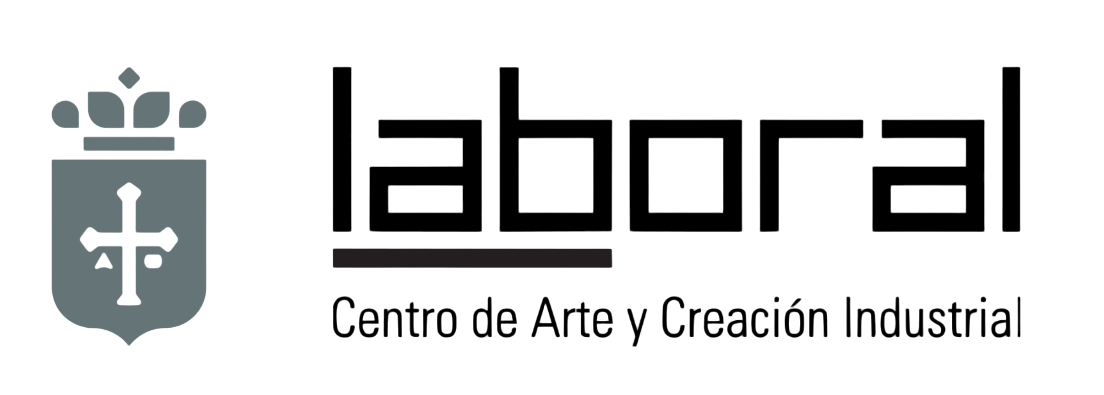Text
Rather that defining, what Extensions-Anchors does is to address the potentialassociations and articulations that might be created between new forms of art andlife. These artists are engaging with the everyday reality of singular locations scatteredthroughout Asturias. Their insight into the region allows them to perceive and intuitthe potentialities for dialogue with local inhabitants. A dialogue that promises to beongoing and mutually enriching.These creators have taken great strides to return to the very essence of the territory–the least travelled territory, in the wider sense. Their art practices co-opt historicalreferences by establishing connections with new habits of life readily visible in all facetsof our everyday lives.The framework for the project we are now presenting is an overview of thisdevelopment, that is, the real power of artists to share their reflections, their inspirationalsubjectivities and their sensibility with diverse audiences, free from any kind of debt withthe grand art theories or aesthetic formulations.As Jacques Rancière reminds us in his Le partage du sensible, Aristotle divided historyin two: the history of the historian, and the history of poets. As he said, Aristotle vouchedfor the superiority of poetry, which tells “what may happen”… from “what has alreadyhappened,” that is, the narration of events that have already been.And, as the poets they are, our artists have worked in an atmosphere of freedom,ahead of their time, ahead of what is to come, or reflecting the present. But we aredetermined not to relinquish the dialogue we have started in these first three monthsof the Centre for Art and Creative Industries I have the honour to direct. And withoutdelimiting their work, to foster the participation of citizens in a dialogue elevated to thelevel of the autonomous. Of what could be a sign and expression of different models andforms of life.My sincere gratitude to the curator, Francisco Cabriffosse, for his tireless devotion andwisdom; to the 14 artists involved, Chechu Álava and Juan Fernández, Pablo Armesto,Maite Centol, Soledad Córdoba, Carlos Coronas, Dionisio González, Adolfo Manzano,Juan Carlos Martínez, Natalia Pastor, Fernando Redruello, Avelino Sala, Aurora Suárezand Cuco Suárez; to the many public and private bodies and institutions that made thisexhibition possible; and to all the LABoral team in this inaugural phase.
